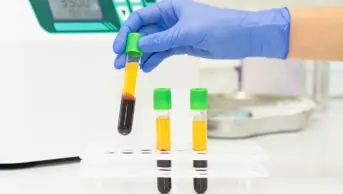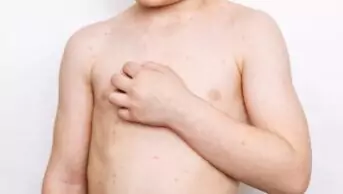
Shutterstock.com
Open access article
The Royal Pharmaceutical Society has made this article free to access in order to help healthcare professionals stay informed about an issue of national importance.
To learn more about coronavirus, please visit: https://www.rpharms.com/resources/pharmacy-guides/wuhan-novel-coronavirus

Source: Shutterstock.com
The virus that causes COVID-19 can survive for up to 72 hours on plastic and stainless steel surfaces, research has shown
The virus that causes COVID-19, SARS-CoV-2, can survive on some surfaces for a matter of days, a study published in the New England Journal of Medicine (17 March 2020) suggests[1]
.
Researchers analysed the aerosol and surface stability of SARS-CoV-2 compared with that of the most closely related human coronavirus, SARS-CoV-1 — the virus that causes severe acute respiratory syndrome (SARS).
To do this, they carried out stability experiments in five environmental conditions; aerosol, plastic, stainless steel, copper and cardboard.
It was found that SARS-CoV-2 remained viable in aerosols for the duration of the three-hour experiment. The researchers also discovered that SAR-CoV-2 was more stable on plastic and stainless steel than on copper and cardboard, remaining viable for up to 72 hours after application onto these surfaces.
On copper and cardboard, the SARS-CoV-2 remained viable for around 4 hours and 24 hours, respectively.
Overall, the researchers found the stability of SARS-CoV-2 to be similar to that of SARS-CoV-1. This, they said, suggested that the reason SARS-CoV-2 had now spread further than SARS-CoV-1 could be the result of other factors, such as the potential for people infected with SARS-CoV-2 to shed and transmit the virus while remaining asymptomatic.
The researchers said that their study could “provide information for pandemic mitigation efforts”.
References
[1] Van Doremalen N, Morris D, Holbrook M et al. Aerosol and surface stability of SARS-CoV-2 as compared with SARS-CoV-1. NEJM 2020. doi: 10.1056/NEJMc2004973


